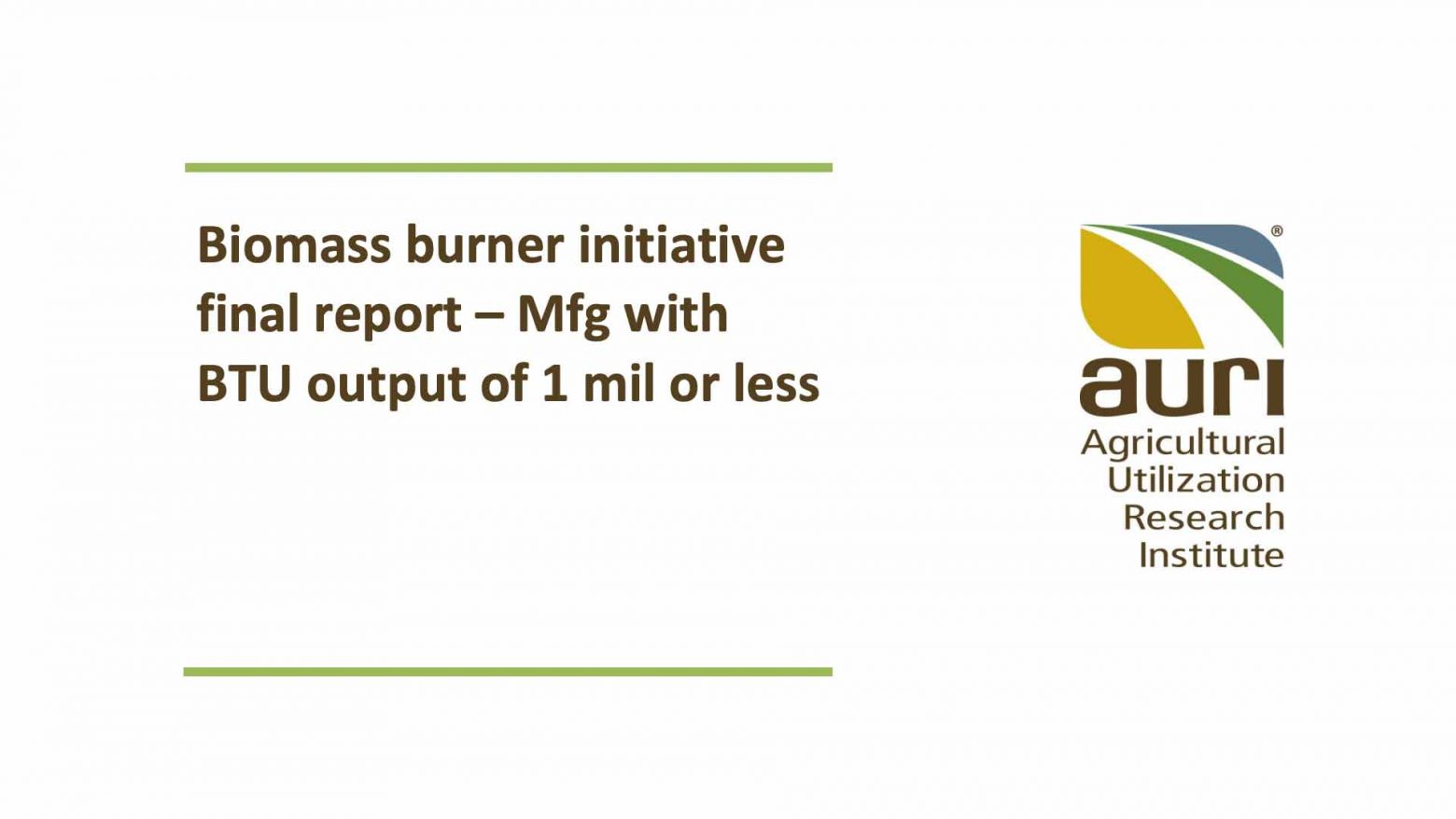The increased cost of petroleum-based energy is leading many Minnesotans to seek alternative fuel sources that will serve their heat and energy needs economically, while reducing negative impacts on the environment. One increasingly important alternative fuel is biomass. Corn, wood, straw, grasses, and other forms of biomass are all being burned as viable sources of heat and energy.
Biomass is defined as organic matter of recent biological origin that can be converted to produce energy. Characteristics of biomass are a solid material with low bulk density, high moisture content, low heat energy content, high oxygen content, high ash content, highly variable property values and often difficult to handle compared to traditional fossil fuels.
A common misperception is that crop residues are free, but there are expenses associated with using crop residues; including harvesting, packaging, transportation, storage and processing. Crop residues, although often referred to as waste materials, can be utilized to produce energy resources. These residues can also remain on the field and serve beneficial purposes including: reduce soil erosion, increase organic matter, increase moisture holding capactiy of the soil, reduce soil compaction and reduce the need for pesticides and fertilizer.
Utilizing biomass as one of the solutions to the nation’s energy challenge is triggered, in part, by the increasing costs of fossil fuels and a need to explore other energy resources to meet the energy appetite of the world.
The following reports looks at energy output from various biomass fuels and various heating methods.
Download and read: Biomass burner initiative final report – Mfg with BTU output of 1 mil or less
Download and read: Biomass burner initiative final report – Mfg with BTU output of 1 mil or more
